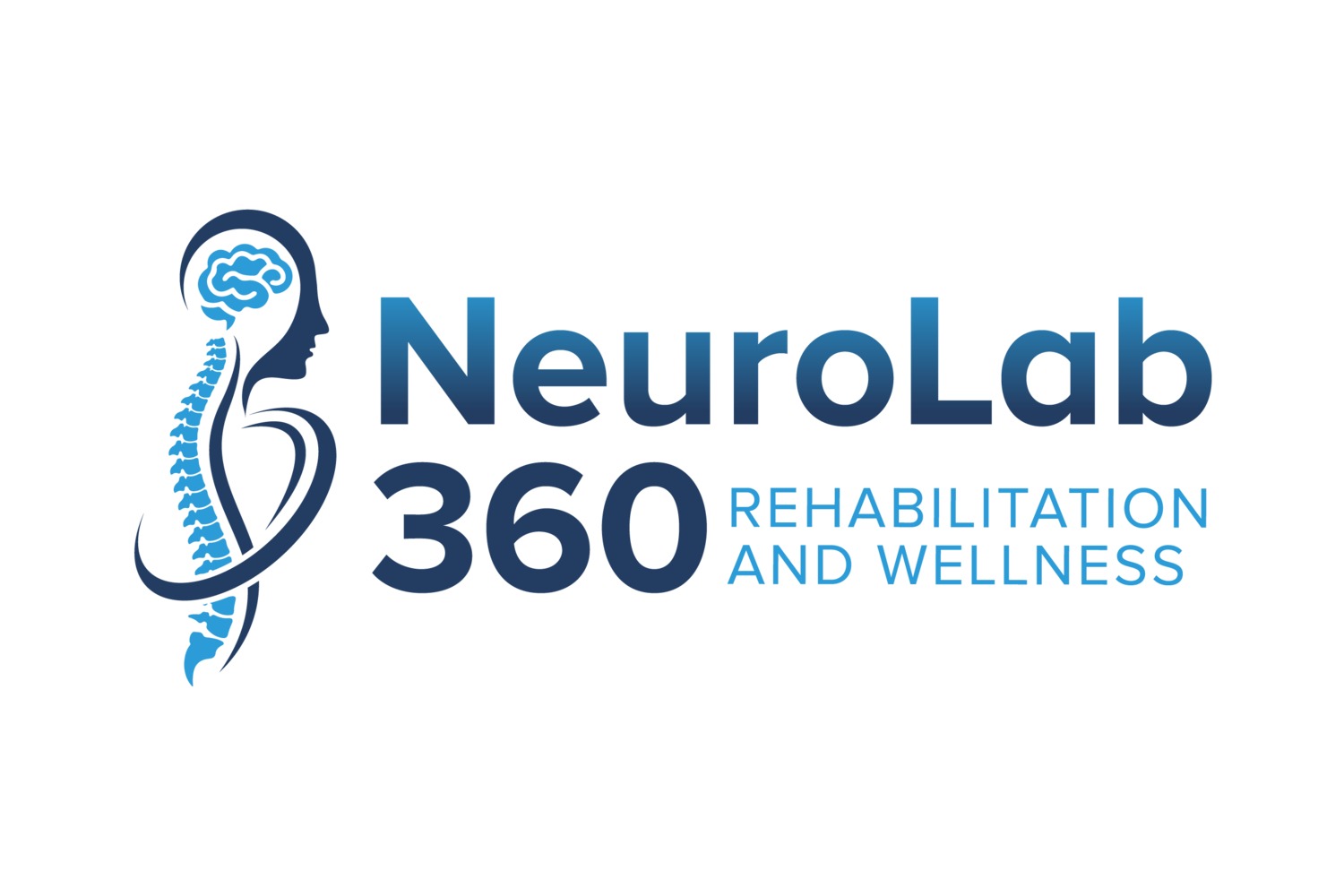Mindfulness Meditation in Parkinson’s Disease
Mindfulness meditation is not a new concept, but more research is emerging to show how it can be beneficial in people living with Parkinson’s disease. Parkinson’s disease comes with a whole host of motor and non-motor symptoms that can be challenging to live with. These symptoms can become even more challenging or prominent in stressful situations. Think about the last time that you were having a very stressful experience. Did your tremor increase? Were you more prone to freezing? These symptoms can make that stress even more stressful! In the following blog post, we are going to present what the most recent research states about mindfulness for Parkinson’s but also discuss some tools that you will be able to implement today to help decrease your stress and feel more empowered.
What does the research say?
The practice of mindfulness meditation has been around for many years and the positive results have been seen through many generations, in many different cultures. Recently, research has started to emerge that has demonstrated how it can actually improve multiple facets of our lives, including making positive changes in our brain! A study released in 2014 found that a meditation practice in adults with sleep disturbances (including daytime sleepiness) improved their sleep quality more than those who did “sleep hygiene education” alone (1). Since disturbances in REM sleep are very common among those with Parkinson’s disease it is important to utilize tools to assist in improving sleep quality. Meditation and mindfulness has also been very well researched in regards to decreasing anxiety, pain and depression. In fact, a very large review was done on over 3,500 patients and found moderate improvements in all three of these areas (depression, anxiety and pain) with an 8-week mindfulness meditation practice (2). A final very interesting area of research on meditation looks at what meditation and mindfulness can actually do to your brain anatomy. A study that looked at novice meditators (those that had NEVER practiced meditation before), showed increased density in the grey matter of their brain after an 8-week meditation practice (4). The areas of the brain that showed the most improvements were those associated with learning, memory, and emotional regulation.
Research specifically related to people living with Parkinson’s disease and mindfulness practice is still very limited. One well designed study examined individuals with Parkinson’s disease performing a 3 part meditation practice over 8 weeks consisting of meditation, yoga and “body scan” for less than 1 hour a day. They found not only improvements in self reported quality of life but also a decrease in motor symptoms specifically related to Parkinson’s disease (3). These individuals were also taught how to include mindfulness in their everyday lives. Also, the compliance with the meditation practice was over 97%, showing that implementing a practice of meditation does not have to be difficult and that people living with Parkinson’s disease were able to perform these practices consistently.
Types of Meditation and Mindfulness Practices:
There is an overwhelming number of ways to practice meditation, especially with the popularity from the health community within the past few years. However, starting with a meditation practice does not need to be complicated or take too much time. It’s all about being consistent to see lasting effects. The practices listed below can be done individually or together for added benefits. The best way to develop a good meditation and mindfulness practice is to try multiple types and find what works best for you.
Meditation: this can be anything from breath work, sitting with your thoughts or listening to a meditation that allows you to calm your nervous system down. A simple meditation to start with is counting your breath.
Sit (or lie down) in a comfortable position, place your hands on the side of your rib cage and count each breath you take from 1-10 as you breathe slowly in and out. Once you get to 10, start over. Do this as many times as you feel comfortable or until you feel some stillness and relaxation within your body. We suggest you start with trying for 1-2 minutes a day and increasing your time with more practice.
Moving meditation: this can be so many different activities! We love walking and yoga because it allows you to get a good cardiovascular workout in while also allowing you to connect to how your body is feeling and moving.
Body Scan: research is building in this area and we love this technique for increasing awareness of how your body is feeling. Sometimes doing a body scan can be difficult with Parkinson’s disease because it’s hard to get comfortable when sitting still, but find a position that feels good for you. This practice gives awareness to how your body is feeling on a daily basis and helps you to find areas where you may hold tension.
Sit (or lie down) with your eyes closed and take a few deep breaths. As you are taking slow, deep breaths, start to think about each part of your body individually moving from the tips of your toes all the way up to the top of your head. We suggest spending a few breaths thinking about each body part and relaxing before moving on to the next. For example, think about the fronts of your legs and with each breath out, try to relax the muscles in that area.
Mindfulness: as a whole, this can be performed as a daily practice and incorporated into your everyday life. The best way to start with this is to begin to recognize when you are running on autopilot or are feeling an increase in stress. When you begin to recognize this, stop, take a few deep breaths to reconnect to your body before you continue with your day. Including this short breath work throughout your day helps to reset your nervous system and relax your body.
Resources:
If you are still unsure of where to start, there are a ton of resources available for mindfulness practices. We have listed a few here that we enjoy both for our clients with Parkinson’s disease but also for ourselves! The key to any mindfulness meditation practice is to find something you enjoy and is easy to implement. Most of the research listed above looks at 8-week long effects of meditation or mindfulness, so remember to be patient with your practice as you are trying something new!
Calm or Headspace App: these are guided meditations that can take you through breathing, mindfulness or even stories to help you fall asleep. They can be done anywhere between 2 minutes to over an hour so that you can pick the time that is right for you. The headspace app also has great body scan options.
DownDog: this app has a variety of yoga practices and even has a section on “yoga nidra”, which walks you through a calming body scan. This app also has a great meditation section.
Parkinson’s foundation: their website has “Mindfulness Mondays” in which each week they go over a different topic related to mindfulness.
Check out your local Parkinson’s Association website for more information on places in your area that may offer in person classes.
Sources:
Black et al, 2015. Mindfulness meditation and improvement in sleep quality and daytime impairment among older adults with sleep disturbances. JAMA Intern Med. 2015;175(4):494-501.
Madhav et al, 2014. Meditation programs for psychological stress and wellbeing, A systematic review and meta-analysis. JAMA Intern Med. 2014;174(3):357-368.
Pickut B, Vanneste S, Hirsch M, et al. 2015. Mindfulness training among individuals with Parkinson’s disease: neurobehavioral effects. Parkinson’s Disease. 2015:1-6.
Holzel B, Carmody J, Vangel M, et al. 2010. Psychiatry Res. 2011 Jan 30; 191(1): 36–43.

